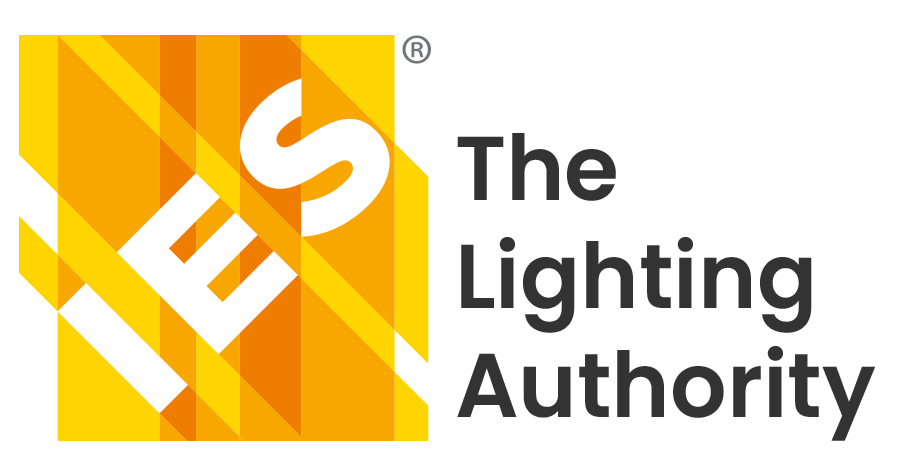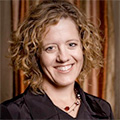Let’s use the IES to help tell the stories of those women in lighting who blazed a trail
By Lisa J. Reed
I recently watched the inspirational movie Hidden Figures. It surprised me that I didn’t already know the stories of these remarkable NASA women who worked as mathematicians, engineers and computer programmers. The main reason I was unaware of their stories is because they hadn’t been celebrated. Better late than never; their stories of tenacity and hard work are being told at last. Now their work in STEM fields can be an inspiration to all girls.
Watching that movie made me wonder, “Who are the hidden and under-recognized women in the history of lighting?” What can I do to help shed light on the contributions of women who came before me? What stories can we tell that will inspire girls and women to pursue careers in the field of lighting?
Today, there are women I know who have stories of working from home or leading multi-office firms. There are many women in lighting who are volunteering incredible amounts of time and women who are winning international design awards. Women are chairing committees and serving as president of the IES.
All of these women have stories.
 In many ways, the field of lighting has been a great place for all genders. Our profession is more gender-balanced than construction, engineering or architecture. The IES has just—for the first time—witnessed the passing of the gavel from one female president, Shirley Coyle, to another female president, Cheryl English. I believe we should continue to improve the status of women in our field by recognizing and holding up the mentors who have illuminated our pathways. Who was Gertrude Rand Ferree? Dorothy Nickerson? Domina Spencer? They were all Fellows and IES Medal winners in 1963, 1970 and 1974, respectively. They also all have Wikipedia entries—check them out. What kinds of work did Myrtle Fahsbender, Mary Webber and Ruby Redford do to earn their Distinguished Service Awards from the IES in 1968, 1969 and 1972?
In many ways, the field of lighting has been a great place for all genders. Our profession is more gender-balanced than construction, engineering or architecture. The IES has just—for the first time—witnessed the passing of the gavel from one female president, Shirley Coyle, to another female president, Cheryl English. I believe we should continue to improve the status of women in our field by recognizing and holding up the mentors who have illuminated our pathways. Who was Gertrude Rand Ferree? Dorothy Nickerson? Domina Spencer? They were all Fellows and IES Medal winners in 1963, 1970 and 1974, respectively. They also all have Wikipedia entries—check them out. What kinds of work did Myrtle Fahsbender, Mary Webber and Ruby Redford do to earn their Distinguished Service Awards from the IES in 1968, 1969 and 1972?
Our IES Fellows are mostly fellas—only about two dozen out of over 400 IES Fellows are women. We have some room for growth, but the esteemed list includes Francesca Bettridge, Nancy Christensen, Nancy Clanton, Rose Coakley, Belinda Collins, Mariana Figueiro, Rita Harrold, Lisa Heschong, JoAnne Lindsley, Priscilla Presbey, Sandra Stashik, Jennifer Veitch and Lesley Wheel.
SEIZE THE DAY
While most of these women are still living, some of them are already gone, and their stories are fading. Lesley Wheel passed away on April 1, 2004, but I was fortunate enough to help with the aiming of one of her last projects before her retirement in 1999. She designed the colorful façade lighting for Union Station in Los Angeles, but it wasn’t just colorful. There was poetry and meaning behind her color selections. Most of the building was bathed in warm, historic and inviting amber light, but the north faces of the building were a cool blue to represent cool northern light.
Lesley was a fantastic lighting designer, and was, in fact, one of the first women to practice full-time architectural lighting design. She came to the profession from theater and took IES classes to learn the architectural side of the business. She was inspired by Richard Kelly’s work on the Seagram Building. Lesley went on to inspire so many others in lighting design. Her work in hotels and hospitality was prolific. She designed lighting for several Hilton Hotels and for the Monte Carlo Hotel and Casino in Las Vegas. I remember one story she told me about the importance of aiming/focusing at the end of a project. Her client came to her and demanded that she add more lights to the hotel lobby because he thought it was too dim. Rather than argue with him, she just listened. She did not add any lights, but after the lights were properly aimed and adjusted the client came back to her and thanked her for adding the lights as requested. She just smiled, knowing the aiming and focusing had made additional lights unnecessary, but wisely allowing her happy client to think he had gotten the additional fixtures. Lesley spent her retirement sharing her wisdom by mentoring lighting designers and other women even after she stopped practicing design.
As women, let’s follow Lesley’s example and support each other’s success. I would like to see more recognition of women in our industry. One way of creating that recognition is to revere the women in our history by keeping their stories alive. This will establish a pattern for today and create a rich tapestry for the future.
Whose story will you tell? This is a call to action. Our IES Sections, Women in Lighting & Design (WILD), students and EPs should take the opportunity to interview living leaders like Pamela Horner, Dee Ginthner and Naomi Miller, all of whom were recent Louis B. Marks Award recipients. I know each of them can tell stories of interest to all readers—not just women. Let’s flood the LD+A inbox (ptarricone@ies.org) with these stories. Let’s pull together a book of our own about the hidden figures—or shadowed illuminators—of lighting. If we want more people to pursue a career in lighting, celebrating examples of strong women in our field will blaze a path for more women to follow. By looking to the past, we can inspire the future.

